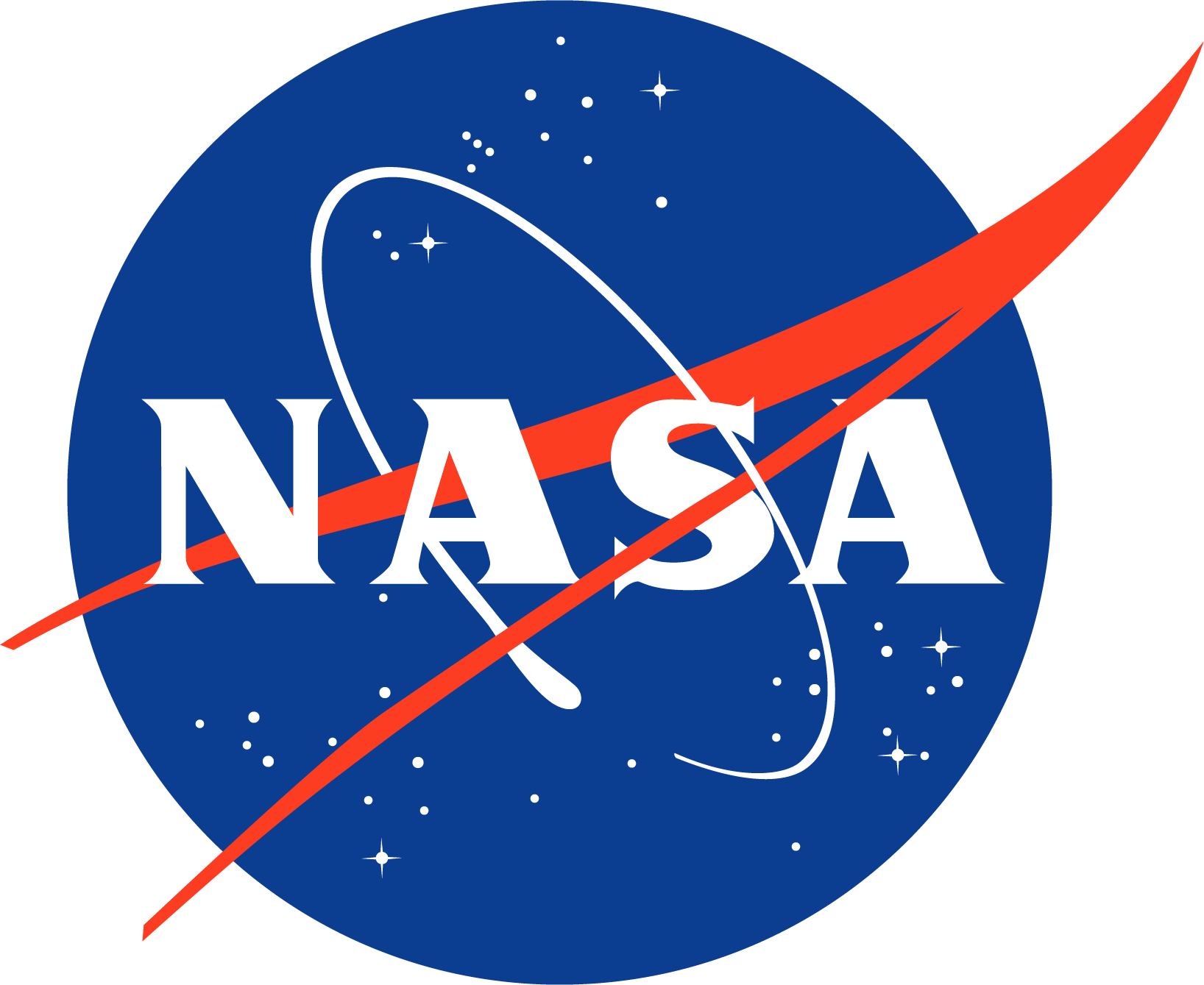Xiang Li received his Ph.D. in Physical Chemistry from the Johns Hopkins University in 2009. He is a mass spectrometry scientist at NASA Goddard Space Flight Center. His research focuses on the detection of trace element and astrobiologically relevant organic molecules in planetary systems, such as Mars, Europa and Titan. He is especially interested in the instrument development of time-of-flight and ion trap mass spectrometers with various ionization and ion gating techniques.
Xiang (Shawn) Li
(RESEARCH AST, PLANETARY STUDIES)
| Email: | xiang.li@nasa.gov |
| Phone: | 301.614.6016 |
| Org Code: | 699 |
| Address: |
NASA/GSFC Mail Code 699 Greenbelt, MD 20771 |
| Employer: |
Brief Bio
Research Interests
Development of mass spectrometers for space missions
Solar System: Planetary surfacesInclude time-of-flight mass spectrometry, ion trap mass spectrometry, laser ablation/desorption mass spectrometry, high resolution mass spectrometry, tandem mass spectrometry, and miniaturization of mass spectrometers.
Laser and other Ionization techniques
Solar System: Planetary surfacesInclude ns and fs laser developments, ion optics and gating techniques, and ESI techniques.
Analog samples study
Solar System: MarsMars and ocean world analog samples study by using mass spectrometry.
Data analysis and machine learning
Solar System: AnalysisUsing mass spectrometry data for astrobiology studies.
Current Projects
Mars Organic Molecule Analyzer (MOMA)
Mars
Instrument onboard ExoMars 2022 Rover mission.
Europa analog samples testing for the Europan Molecular Indicators of Life Investigation (EMILI)
Technology & Missions
ICEE-2 project for future Europa lander mission.
Studies of Planetary Materials and their Analogs
Planetary surfaces
FLaRe project focusing on analog samples study.
Dragonfly Mass Spectrometer (DraMS)
Technology & Missions
Titan surface exploration.
RAman-Mass Spectrometer for planetary exploration (RAMS)
Technology & Missions
PICASSO project focusing on novel instrument package development combining Raman and LDMS.
Positions/Employment
Research Scientist
NASA Goddard Space Flight Center - Code 699
December 2021 - Present
Associate Research Scientist
UMBC and GSFC - GSFC Code 699
December 2018 - December 2021
Assistant Research Scientist
UMBC & GSFC - GSFC Code 699
June 2014 - December 2018
Research Associate
UMBC & GSFC - GSFC Code 699
October 2011 - June 2014
Other Professional Information
Full Publication list: https://publons.com/researcher/2723654/xiang-li/publications/
Selected Publications
Refereed
2024. "Organic Products of Fatty Acid and Magnesium Sulfate Mixtures after Gamma Radiolysis: Implications for Missions to Europa." Astrobiology [Journal Article/Letter]
2023. "Detection of Short Peptide Biosignatures of Psychrophiles via Laser Desorption Mass Spectrometry." Astrobiology [Full Text] [10.1089/ast.2022.0138] [Journal Article/Letter]
2023. "Laser Desorption Mass Spectrometry of Cryogenic Samples on the Dragonfly Mission." 2023 IEEE Aerospace Conference [10.1109/aero55745.2023.10115534] [Proceedings]
2022. "Europan Molecular Indicators of Life Investigation (EMILI) for a Future Europa Lander Mission." Frontiers in Space Technologies 2 760927 [Full Text] [10.3389/frspt.2021.760927] [Journal Article/Letter]
2021. "Laser Desorption Mass Spectrometry at Saturn’s moon Titan." International Journal of Mass Spectrometry 470 116707 [10.1016/j.ijms.2021.116707] [Journal Article/Letter]
2020. "Mars Extant Life: What's Next? Conference Report." Astrobiology 20 (6): ast.2020.2237 [Full Text] [10.1089/ast.2020.2237] [Journal Article/Letter]
2019. "Investigating the effects of gamma radiation on selected chemicals for use in biosignature detection instruments on the surface of Jupiter’s moon Europa." Planetary and Space Science 175 1-12 [Full Text] [10.1016/j.pss.2019.05.009] [Journal Article/Letter]
2018. "IR resonance-enhanced organic detection with two-step laser desorption time-of-flight mass spectrometry." Icarus 299 15-21 [10.1016/j.icarus.2017.07.006] [Journal Article/Letter]
2017. "The Characterization of Biosignatures in Caves Using an Instrument Suite." Astrobiology 17 (12): 1203-1218 [10.1089/ast.2016.1568] [Journal Article/Letter]
2017. "Mars Organic Molecule Analyzer (MOMA) laser desorption/ionization source design and performance characterization." International Journal of Mass Spectrometry 422 177 - 187 [https://doi.org/10.1016/j.ijms.2017.03.010] [Journal Article/Letter]
2017. "The Mars Organic Molecule Analyzer (MOMA) Instrument: Characterization of Organic Material in Martian Sediments." Astrobiology 17 (6-7): 655-685 [10.1089/ast.2016.1551] [Journal Article/Letter]
2017. "Influence of trace aromatics on the chemical growth mechanisms of Titan aerosol analogues." Planetary and Space Science 140 27-34 [10.1016/j.pss.2017.03.012] [Journal Article/Letter]
2017. "Molecular analyzer for Complex Refractory Organic-rich Surfaces (MACROS)." 2017 IEEE Aerospace Conference [10.1109/aero.2017.7943706] [Proceedings]
2016. "MOMA: the challenge to search for organics and biosignatures on Mars." International Journal of Astrobiology 15 (03): 239-250 [10.1017/s1473550416000227] [Journal Article/Letter]
2016. "Tandem mass spectrometry on a miniaturized laser desorption time-of-flight mass spectrometer." 2016 IEEE Aerospace Conference [10.1109/aero.2016.7500615] [Proceedings]
2015. "Carbonization in Titan Tholins: implication for low albedo on surfaces of Centaurs and trans-Neptunian objects." International Journal of Astrobiology 15 (03): 231-238 [10.1017/s1473550415000439] [Journal Article/Letter]
2015. "Analysis of aqueous environments by laser desorption/ionization time-of-flight mass spectrometry." 2015 IEEE Aerospace Conference [10.1109/aero.2015.7119087] [Proceedings]
2015. "Detection of Trace Organics in Mars Analog Samples Containing Perchlorate by Laser Desorption/Ionization Mass Spectrometry." Astrobiology 15 (2): 104-110 [10.1089/ast.2014.1203] [Journal Article/Letter]
2015. "Design and Demonstration of the Mars Organic Molecule Analyzer (MOMA) on the ExoMars 2018 Rover." IEEE Aerospace [Journal Article/Letter]
2014. "A Compact Tandem Two-Step Laser Time-of-Flight Mass Spectrometer for In Situ Analysis of Non-Volatile Organics on Planetary Surfaces." IEEE 978-1-4799-1622-1/14 [Journal Article/Letter]
2014. "A comparative study of in situ biosignature detection spectroscopy techniques on planetary surfaces." 2014 IEEE Aerospace Conference [10.1109/aero.2014.6836262] [Proceedings]
2013. "Results from an integrated AOTF-LDTOF spectrometer suite for planetary surfaces." 2013 IEEE Aerospace Conference [10.1109/aero.2013.6497177] [Proceedings]
2013. "Mars Organic Molecule Analyzer (MOMA) Mass Spectrometer for ExoMars 2018 and Beyond." IEEE Aerospace [Proceedings]
2012. "Laser ablation mass spectrometer (LAMS) as a standoff analyzer in space missions for airless bodies." International Journal of Mass Spectrometry 323-324 63-67 [10.1016/j.ijms.2012.06.020] [Journal Article/Letter]
Non-Refereed
2019. "Future planetary instrument capabilities made possible by micro- and nanotechnology." Micro- and Nanotechnology Sensors, Systems, and Applications XI [10.1117/12.2519455] [Proceedings]
